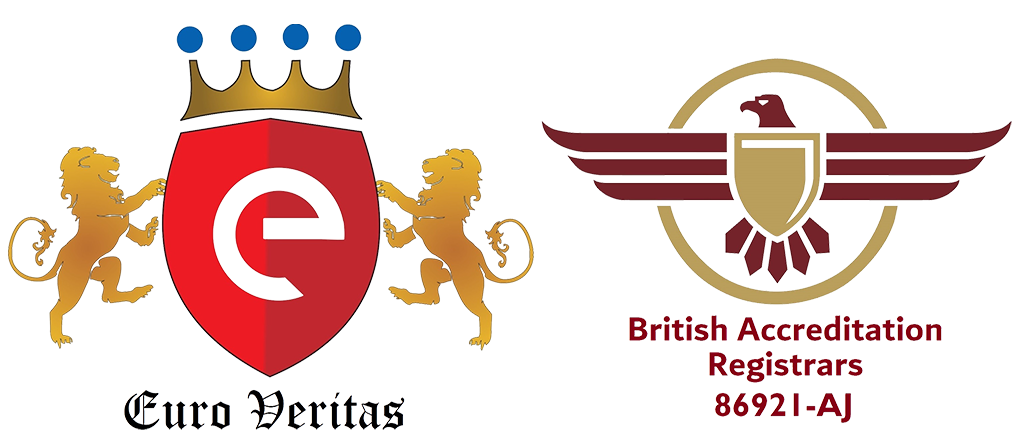Graphic technology — Management of security printing processes
Euro Veritas, UK (www.euroveritas.com) accreditated from BAR-UK provides Certification services for ISO 14298:2013 vide Procedure No. EVL/SP-QMS/C-A/1615/C-1.
ISO 14298:2013 is an international standard that indicates requirements for an organization’s security printing management system, published by the International Organization for Standardization (ISO). ISO 14298 Standard stipulates generic measures businesses need to implementin order to secure their processes.The standard intends for ensuring elimination of risks for customers and their product.
EVL Certification Requirements
Organizationsaspiring to be certified according to this EVL scheme for ISO 14298:2013 can use this document to fulfill the requirements for the certification. On demonstrating these requirements fulfilled, anorganization can ensure a high level of security in their printing processes and can be a certified as an “Assured Security Printer” according to ISO 14298:2013. The certification requirements of EVLhas4 levels of certification based on the level of security and the products produced.
Level of certification
EVL issues ISO 14298:2013 certificates offour different levels:
1. Level I (Fundamental Security Printing – Basic Level): This has a minimum set of requirements need to be fulfilled in order to be awarded a certificate with the level I. This level relates to printers supplying commercial security printing products to organisations, of comparatively lesser security features like tickets, bills, gift vouchers, holograms etc.
2. Level II (Advanced Security Printing – Advanced Level): This is a slightly advanced level with additional requirements and is relevant to provision of commercial security printing products to banking organizations for printing of passbooks, cheques and deposit or credit certificates, security bonds, credit cards etc.
3. Level III (Critical Security Printing – Governmental Level): This is a highly advanced security printing and relates mostly to printing of Governmental documents such as passports, citizen identity cards etc.
4. Level IV (Hypercritical Security Printing – Central Bank Level): This is the highest level of security printing that relates to monetary authorities and specifically relate to currency printing.
Requirements that are corresponding to each level, need to be fulfilled by the aspirant organization in order to be awarded a certificate of that relevant level. All products manufactured within the facility should mandatorily operate under the highest security level awarded to them even if lower security products are being manufactured within the same facility. The EVL certification requirementsmust be used as audit instrument for auditing the system implemented by the organization and are complementary to ISO 14298:2013.
Who should apply for certification?
Manufacturers of printed documents of value or privilege, documents of identity or security featuresthat are physically protected against any duplication, alteration, falsification, forgery and counterfeit, can apply for the ISO 14298 certification.
How to get certified?
1. Get in contact with EVL.
2. Collect the application form from EVL.
3. Return the duly filled and authorized application form.
4. Based on the information provided, EVL shall perform a suitable categorization of the application.
5. Offer for certification is given by EVL.
6. Acceptance of offer and payment of fees.
7. Schedule an audit with EVL.
8. Audit by EVLcommences.
9. Organization receives their certificate after a successful audit at the implemented facility.
What are the fees?
The fee structure is dependent on the criticality f processes and the magnitude of business of the aspiring organization. The fee consists of:
1. Initial registration fee
2. Stage I audit fee
3. Stage II audit fee
4. Accreditation fee


